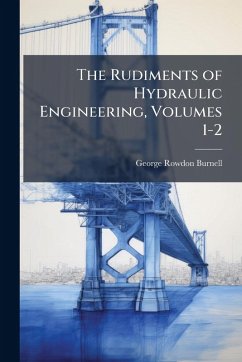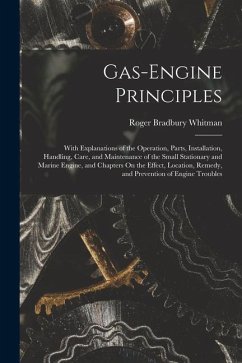
Back-Pressure Effect on Shock-Train Location in a Scramjet Engine Isolator
Versandkostenfrei!
Versandfertig in über 4 Wochen
18,99 €
inkl. MwSt.
Weitere Ausgaben:

PAYBACK Punkte
9 °P sammeln!
The isolator of the scramjet decelerates the incoming high Mach flow to a lower Mach number and stabilizes the flow before it enters the combustor. Because of the unsteady combustion phenomenon and inconsistent completeness of the combustion, pressures within the combustor can vary drastically. These pressure variations can propagate forward and affect the flow field in the isolator - worst case unstarting the inlet. In this research, the shock train location VS. the back-pressure is examined experimentally. The back-pressure is artificially created by symmetric (top and bottom) ramps that can...
The isolator of the scramjet decelerates the incoming high Mach flow to a lower Mach number and stabilizes the flow before it enters the combustor. Because of the unsteady combustion phenomenon and inconsistent completeness of the combustion, pressures within the combustor can vary drastically. These pressure variations can propagate forward and affect the flow field in the isolator - worst case unstarting the inlet. In this research, the shock train location VS. the back-pressure is examined experimentally. The back-pressure is artificially created by symmetric (top and bottom) ramps that can close the flow area. Raising/lowering ramps result in higher/lower back-pressure. Higher back-pressure moves the shock train forward, with too high a back-pressure causing un-start. This experiment is conducted for a variation in Reynolds number, ramp angle, and two incoming Mach #s, and will result in a relationship between back-pressure and shock train location for various airflow conditions. This work has been selected by scholars as being culturally important, and is part of the knowledge base of civilization as we know it. This work was reproduced from the original artifact, and remains as true to the original work as possible. Therefore, you will see the original copyright references, library stamps (as most of these works have been housed in our most important libraries around the world), and other notations in the work. This work is in the public domain in the United States of America, and possibly other nations. Within the United States, you may freely copy and distribute this work, as no entity (individual or corporate) has a copyright on the body of the work. As a reproduction of a historical artifact, this work may contain missing or blurred pages, poor pictures, errant marks, etc. Scholars believe, and we concur, that this work is important enough to be preserved, reproduced, and made generally available to the public. We appreciate your support of the preservation process, and thank you for being an important part of keeping this knowledge alive and relevant.












